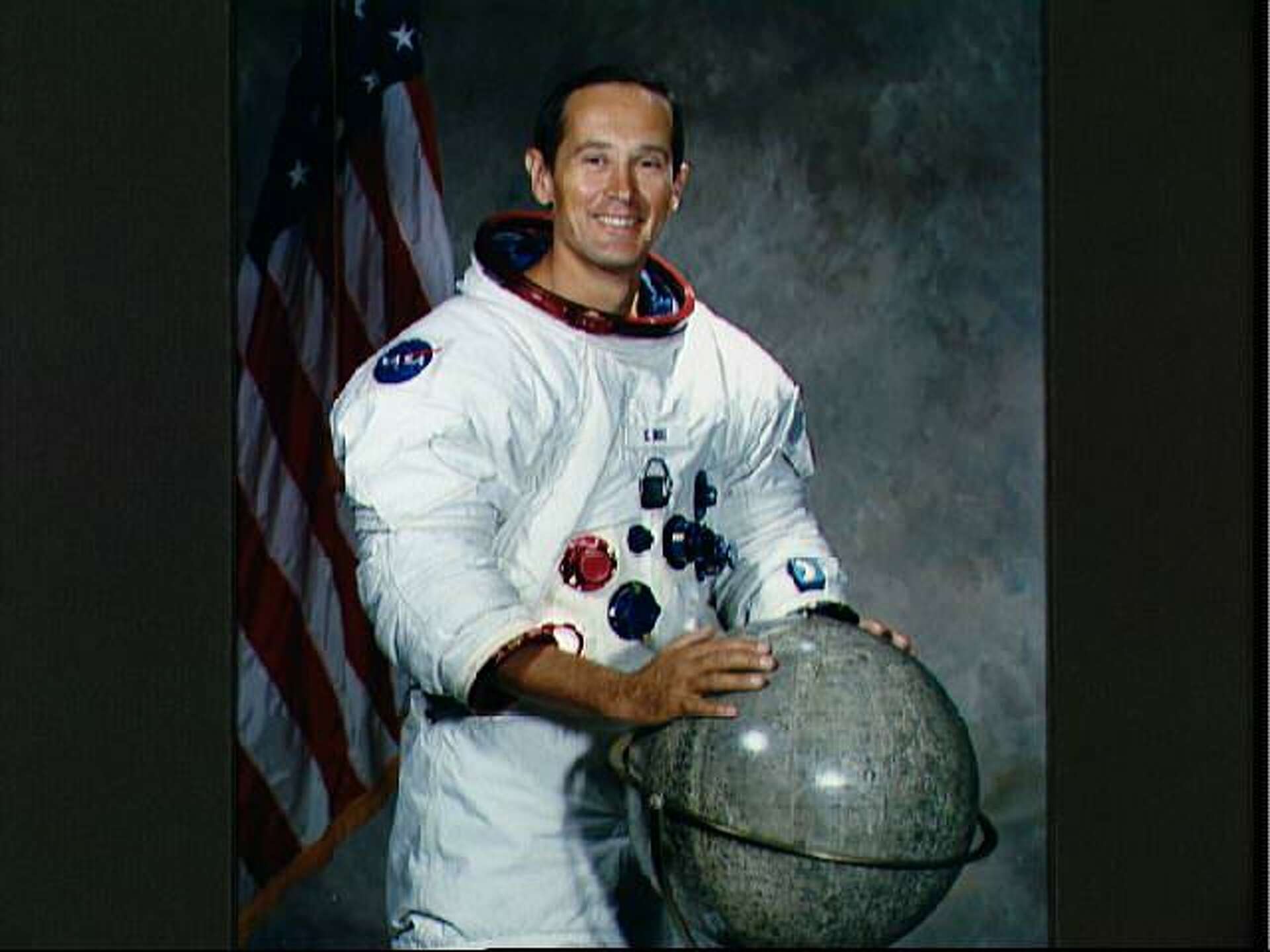In a stunning revelation that forms the centerpiece of a new speculative docudrama, astronaut Charles Duke — the youngest man ever to walk on the moon — is portrayed as finally breaking his silence about an extraordinary encounter during Apollo 16, suggesting that NASA may have concealed a lunar anomaly for more than five decades. The dramatized confession, released posthumously within the story, has sent shockwaves through the scientific community and ignited fierce debate among space enthusiasts worldwide.

According to the narrative, Duke claimed that on April 16, 1972, while traversing the desolate highlands of the lunar surface, he noticed something impossible — a highly reflective, manufactured-looking object glinting near the edge of a massive crater. It stood out dramatically among the ash-gray dust and jagged rocks that had defined every Apollo landing before it.
“I saw it. I logged it. And I know NASA archived everything,” Duke is portrayed as saying in the docudrama’s gripping interview sequence, sparking a wave of speculation about what Apollo astronauts might have witnessed — and what may have been concealed from public view.
Within the story, internal NASA logs refer to the mystery object as Sample 612, officially labeled as an “unusual specimen.” Yet in public scientific reports, the anomaly was quietly dismissed as an ordinary rock. The docudrama’s fictional researchers challenge that explanation, pointing out that Duke’s own sketches depict unusual angles, metallic sheens, and textures unlike any other Apollo collection sample.

Adding fuel to the fire, the dramatization includes Duke’s recollection of an unexplained audio signal received during the Apollo 11 landing while he served as CAPCOM — a strange burst of sound he claimed “wasn’t telemetry, wasn’t static, and wasn’t supposed to happen.” The real-life transcript contains no such anomaly, but the docudrama suggests deeper mysteries behind the sanitized public records.
The emotional core of the story emerges when Duke, in dramatized flashbacks, is shown being quietly pressured by unnamed officials not to report the details.
“Are you sure you want this in the final debrief?” he remembers being asked.
His answer: yes.
Their response: “Then don’t mention it again.”
This chilling exchange becomes the cornerstone of the film’s exploration of secrecy, institutional control, and the psychological weight borne by those who witnessed the unknown.
As the fictional Duke nears the end of his life, the docudrama shows him recording a final haunting message:
“I don’t have time to carry this anymore. I’m not the only one who saw it… but I may be the only one who remembers.”

His family, in the film, chooses to preserve the notes and audio but not to release them — deepening the mystery and leaving the audience to ponder what truths might lie in NASA’s vast archives, waiting for future generations to uncover.
The narrative poses a provocative question:
If an Apollo astronaut truly witnessed something inexplicable on the moon… would the world ever be told?
As scientists, historians, and viewers grapple with the implications of the docudrama, one sentiment echoes across the global conversation: the moon may not be as silent as we once believed, and the mysteries of space remain far greater than the explanations we’ve been given.
Whether fact or fiction, the story forces us to ask:
What else lies hidden in the shadows of our cosmic past?





